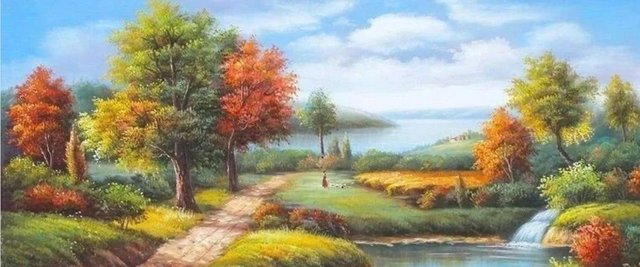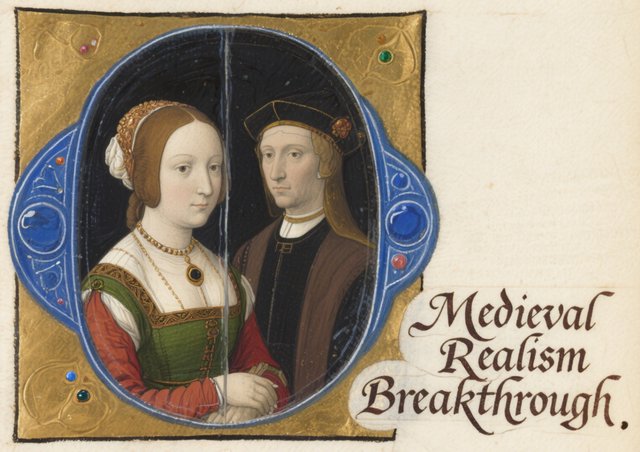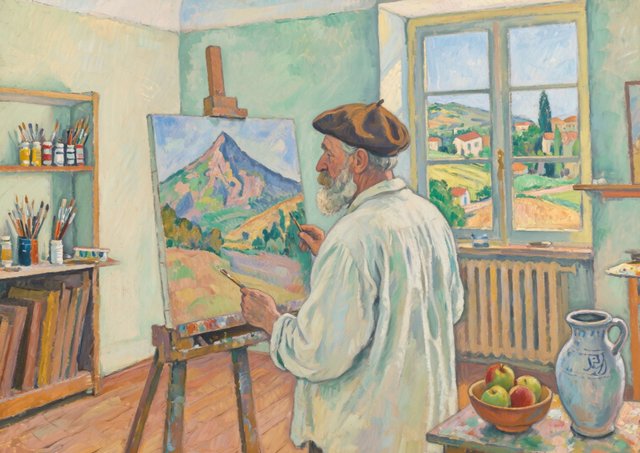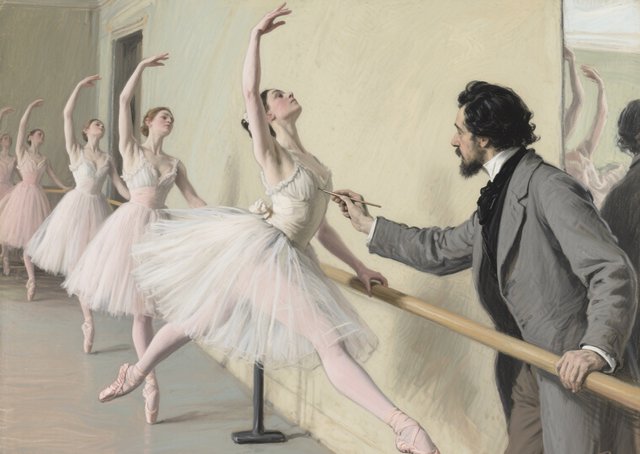The Enduring Allure of Oil Painting Art
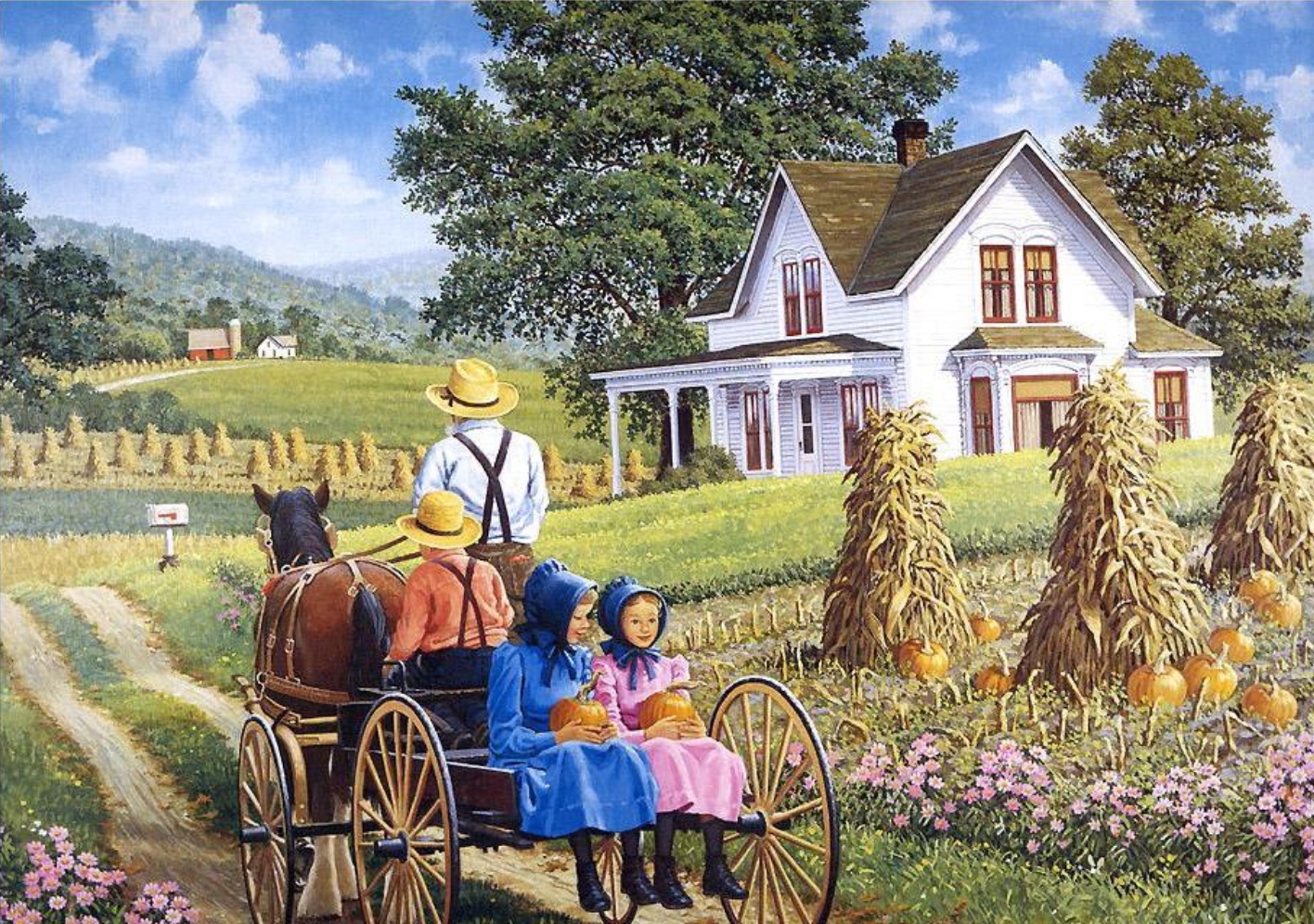
An Oil painting (a painting in oils) is a type of painting that uses quick-drying vegetable oils (linseed oil, poppy oil, walnut oil, etc.) to mix pigments and is produced on canvas, linen, cardboard or wood. The diluents used in painting are volatile turpentine and drying linseed oil. The pigment attached to the picture has a strong hardness, and when the picture is dry, it can maintain its luster for a long time.
With the covering power and transparency of the pigment, the depicted object can be fully expressed, with rich colors and strong three-dimensional texture. Oil painting is one of the main types of Western painting. The origin of oil painting The predecessor of oil painting was tempera painting in European painting before the 15th century. Later, the Dutch painter Jan Van Eyck (1385-1441) improved the painting materials and developed it. Later generations praised Jan Van Eyck as the “Father of Oil Painting” for his unique contribution to the in-depth development of oil painting art techniques.
Modern oil paintings are mostly made with linseed oil to mix pigments, and painted on treated cloth or wood boards. Because oil paints do not change color after drying, and multiple colors will not become dirty when mixed, painters can paint rich and realistic colors. Oil paints are opaque and have strong covering power, so when painting, you can cover from dark to light, layer by layer, to give the painting a three-dimensional effect.
Oil painting has gradually become the main painting method in the history of Western painting, and the surviving Western paintings are mainly oil paintings. With the development of time, oil painting has gradually become part of life. The most famous of them is “Mona Lisa”, which depicts an ordinary woman and is widely circulated. In the late 19th century, due to the development of science and technology, many new materials were applied to the field of oil painting, such as acrylic paint, oil paint, etc.
Figurative art refers to art in which artistic images are basically similar or extremely similar to natural objects. The artistic images in figurative works of art are all recognizable. Ancient Greek sculptures, modern realism and modern hyperrealism are regarded as typical representatives of this type of art because their images are very similar to natural objects.
Characteristics of concrete art:
- Visual authenticity or objectivity, that is, concrete art takes the objective world as its object of expression, and expresses the object as real as what we see.
- Typicality of artistic images, that is, concrete art expresses the artist’s personal emotions and ideas through the creation of typical artistic images.
- 3. Plot or narrative, that is, concrete art often contains one or more story plots, which can be directly told or described in words. Due to these characteristics of concrete art, in addition to the common aesthetic function of art, it also has a recording function.

